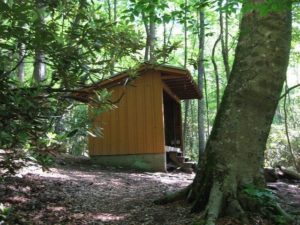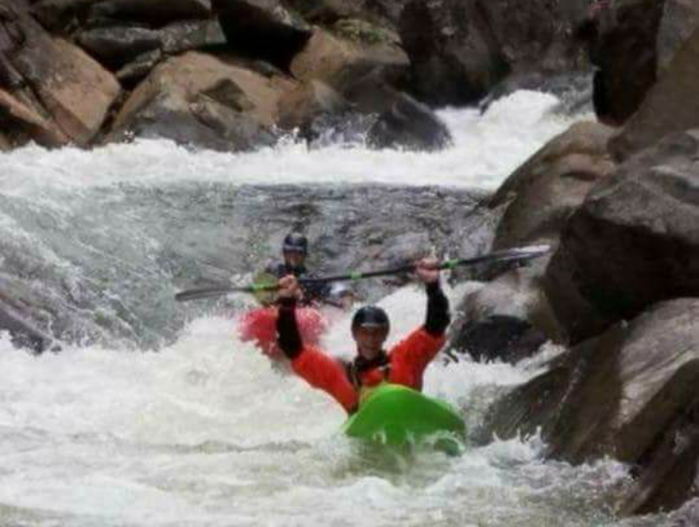Built in 1980 by the US Forest Service, the basic three-sided shelter was designed for six people and located 50 yards off the Appalachian Trail south of TVA Watauga Dam not far from the lake. The original shingled roof was replaced with metal in 1997. The shelter was further maintained in 2007 by staining the outside and installing a gutter on back. A BSA Eagle project in 2011 by Seth Douthat provided a bear pole for food protection.

In 2013, activity by multiple families of bears, and not just a couple of bears, at the TVA campgrounds (Watauga Dam and Little Wilbur) and along the A.T. around Watauga Lake led to the US Forest Service issuing a facility closure notice for the Watauga Lake Shelter. Instructions were to not stop between US321 to Wilbur Dam Road to eat, rest, or camp overnight to reduce any potential encounters. TVA successfully implemented strategies to reduce access to food/ waste in the campgrounds with elimination of tent camping, banning (with fines) outside storage of food, improved trash containers, and education signs. Options for the shelter area were extensively discussed between the partner organizations.
The temporary closure notice for the shelter was lifted in Spring 2016, and unfortunately, bear encounters immediately resumed. A bear destroyed two tents at the shelter, was scared off, then returned to climb the food pole. A bear appeared the next night to destroy another tent holding equipment and supplies while hikers slept in the full shelter and another nearby tent. The bear then came back to successfully acquire food bags hanging from trees. The ranger district immediately imposed the bear closure again “Until Further Notice”.
Situation with bears at Watauga Lake Shelter was further discussed during 2016-2018 to conclude it was not going to be improved with available administrative and physical controls. The shelter itself was deemed not suitable for relocation, thus decision made by the partner organizations to take down the building. In March 2019, the bear pole, steps, and table were removed to discourage use. Finally, the shelter was disassembled in May with the metal parts and shingles hauled back across the lake by TVA boats (many thanks for the assistance!) for disposal while the wood components were burned in place. The closure notice for camping between US321 and Wilbur Dam Road remains in force.
While Watauga Lake Shelter provided nearly forty years of service, it is a disappointment that the recreational use on and along the lake could not sufficiently practice Leave No Trace principles to avoid creating an attractive enticement for the bears.




